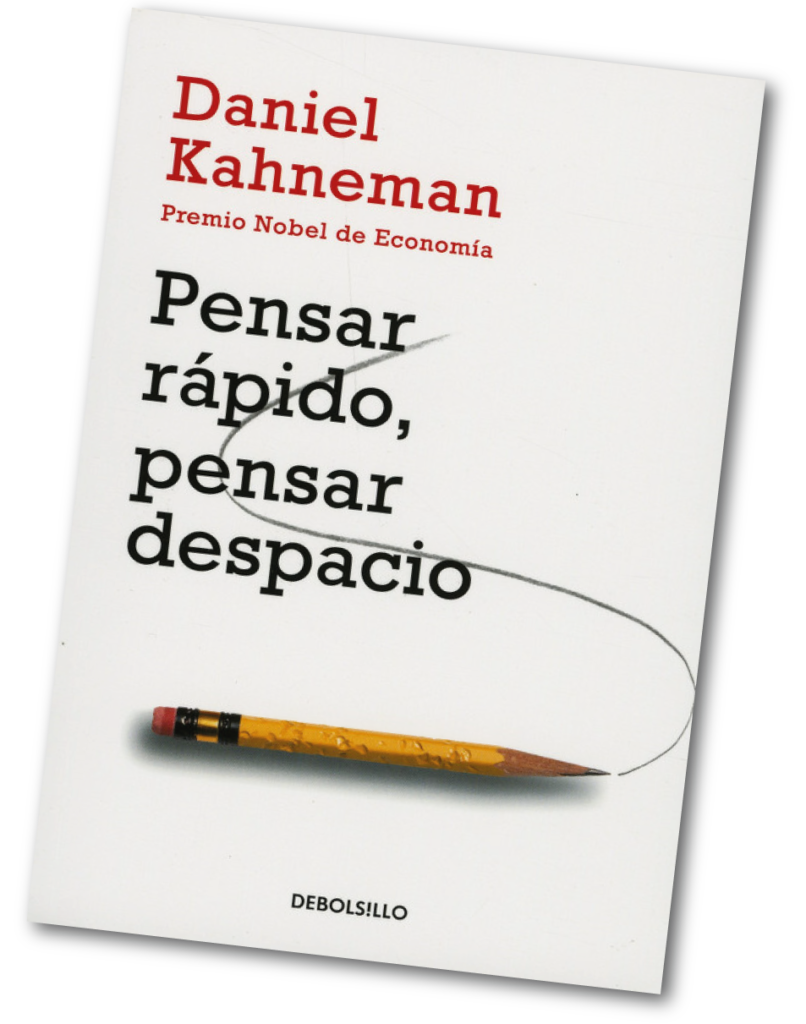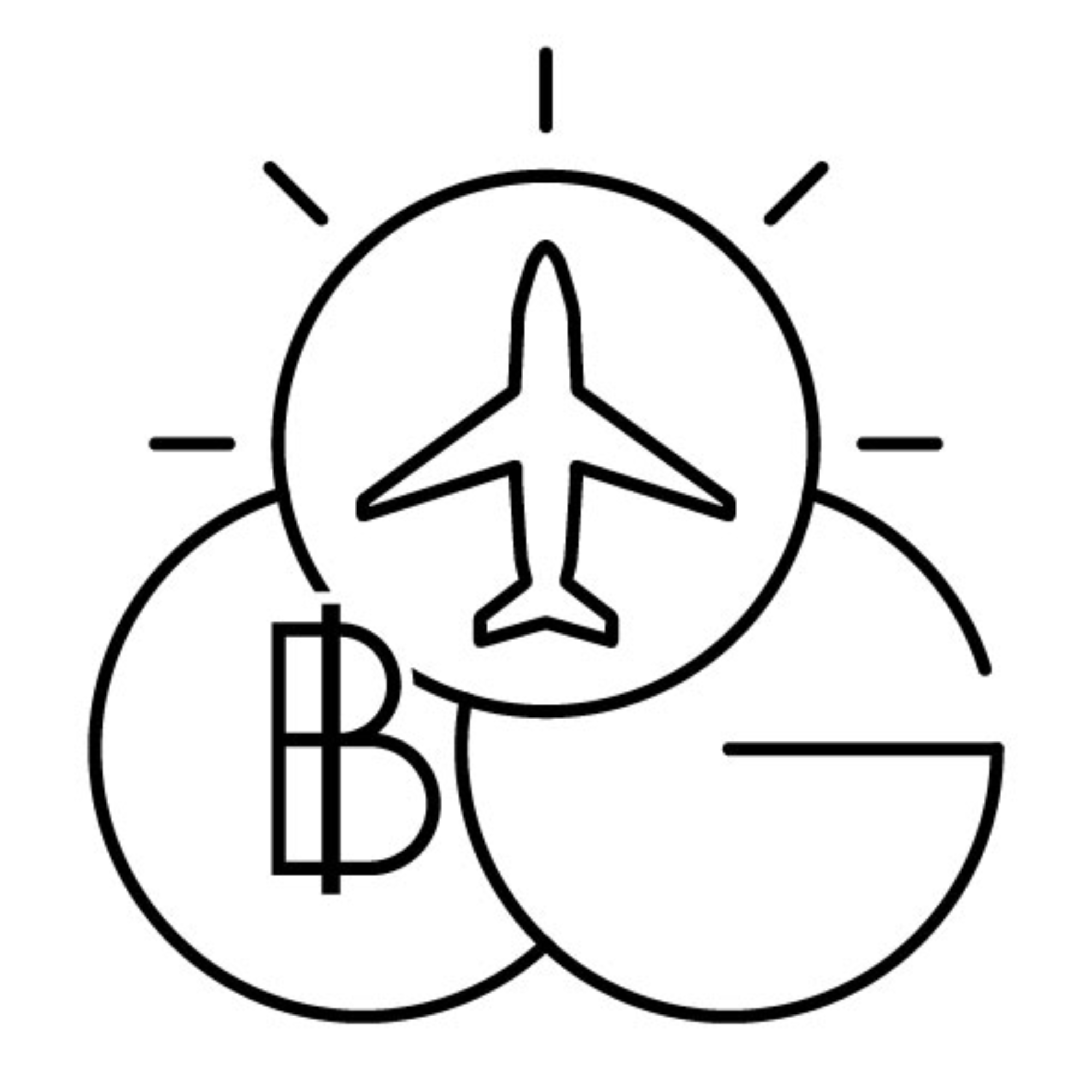
"Thinking, Fast and Slow" is a book written by psychologist and Nobel Prize-winning economist Daniel Kahneman. Published in 2011, the work offers an in-depth exploration of how the human mind works, highlighting the presence of two systems of thought: System 1, which is fast and intuitive, and System 2, which is slower and more deliberate. Throughout its pages, Kahneman examines the implications of these systems for decision-making, cognitive biases, and the psychology of human behavior.
The book is structured into five parts, each of which addresses different aspects of the duality of the thinking systems and their consequences in our daily lives.
Part I, titled "Two Systems," lays the foundation for the book by introducing the concept of the two thinking systems. System 1, which is fast and automatic, operates without conscious effort and is prone to systematic errors. In contrast, System 2 is slow, deliberate, and requires conscious effort. Kahneman illustrates how these systems interact in everyday situations, influencing our decisions and judgments.
In Part II, "Attention and Effort," the nature of attention and how the two systems interact in allocating cognitive resources are explored. Kahneman highlights the limited capacity of conscious attention and how mental fatigue can affect the quality of decisions made by System 2. Additionally, the differences between experience and memory are examined, revealing how hindsight biases can influence the evaluation of past events.
Part III, "Confidence," focuses on decision-making and probability assessment. Kahneman explores how overconfidence and the illusion of validity can distort our perceptions and decisions. Experiments and studies revealing systematic patterns of error in estimating risks and probabilities are examined, shedding light on how to improve informed decision-making.
In Part IV, "Choices," Kahneman delves into prospect theory, which examines how people value losses and gains in different contexts. He highlights loss aversion and how it can influence our choices, even when it contradicts standard economic reasoning. The notion of "frames" and how the presentation of information can significantly alter our decisions is also addressed.
Finally, in Part V, "Thinking About the Future," Kahneman explores the practical implications of his ideas for economics, medicine, psychology, and other fields. Issues such as happiness, job satisfaction, and strategies for improving decision-making in individual and organizational settings are discussed.
Throughout the book, Kahneman uses a mix of personal anecdotes, psychological experiments, and case studies to illustrate his points and make complex concepts accessible to the general reader. He also offers reflections on the applicability of his findings in everyday life and provides practical suggestions for making more informed decisions.

